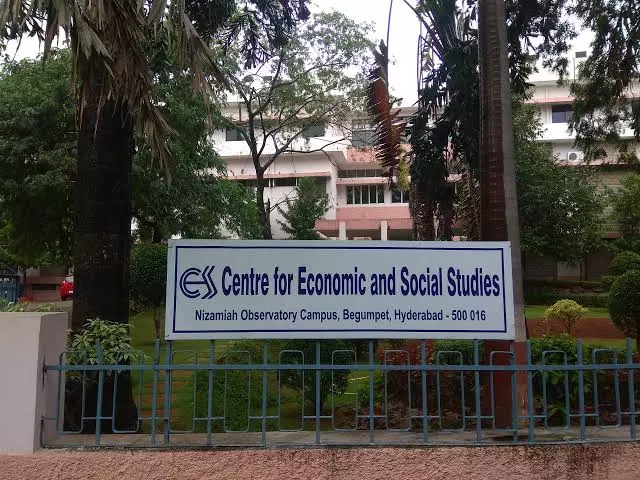Caste not passé; need for state intervention: CESS study

Hyderabad: A recent study has shed light on the persistent caste barriers that limit the access of individuals from socially backward families to leadership positions in the private service sector. It highlights the structural barriers to career advancement for such castes, who are more likely to occupy low-authority roles even in urban areas.
A study by researchers Arun Kumar Bairwa from IIM Amritsar and Jadhav Chakradhar from the Centre for Economic and Social Studies (CESS), Hyderabad, found that the so-called ‘lower’ castes, who make up about a quarter of the population, occupy only 14.3 per cent of top-management positions. In contrast, those from the privileged ‘upper’ castes occupy 85.7 per cent.
The study, published in the Journal of the Asia Pacific Economy, analysed data from the 2019-2020 Periodic Labour Force Survey (PLFS) to reveal how caste influenced access to leadership roles despite similar qualifications.
“The SC and ST youth are not getting managerial roles due to the disadvantage they have in networking,” Chakradhar told Deccan Chronicle. The employees form peer groups and make mutual recommendations. The increasing number of elite universities where only the rich can afford education will further widen the gap between these social groups, he added.
The study categorised jobs by authority level, using National Classification of Occupation (NCO) codes, from high-authority positions like directors and senior managers (NCO 1) to low-authority roles (NCO 9) such as sales workers and housekeeping staff.
The results revealed that moving down the authority chain, lower-caste representation only slightly improved; they hold 19.6 per cent of professional roles (NCO 2) and 23.2 per cent of technician roles (NCO 3), highlighting a trend of consistent underrepresentation in high-authority jobs.
Elaborating on the major findings, Chakradhar said, “Benefits accrue more to the upper castes despite the lower caste individuals being qualified. Higher education increases the chances of being hired in high-authority jobs by 46.7 per cent for upper castes while lower castes have 38.3 per cent better prospects.
“Gender amplifies these caste-based inequalities and upper-caste women are 13.2 per cent more likely to attain high-authority positions than lower-caste women with similar qualifications. Urban residence typically offers better employment prospects, yet the study reveals a 9.2 per cent disadvantage for lower-caste urban residents.”
The authors argued that caste-based exclusion was not only social injustice but also economic inefficiency as organisations miss out on diverse talents and perspectives, which could enhance productivity and drive innovation.
They recommended affirmative action policies in India’s private sector, which currently lacks reservation policies applied to public-sector jobs. Such policies could address the severe underrepresentation of lower castes in leadership roles and make workplaces more equitable and dynamic.

